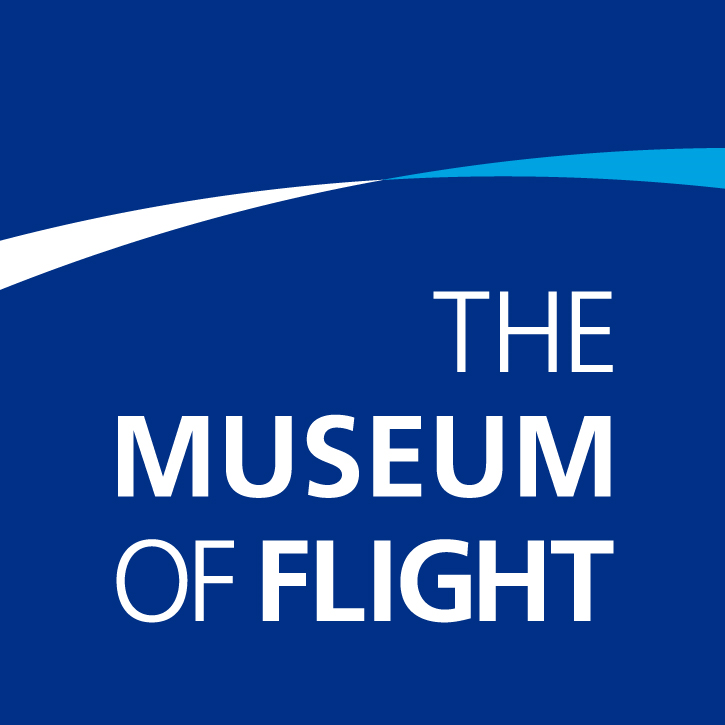Latter, Barry C. -- oral history interview, 2015 October 28
Interview Summary
Aeronautical engineer Barry Latter is interviewed about his decade-spanning career in the aviation industry. He describes his education in propulsion engineering and his early work experiences during the 1950s and 1960s with the Blackburn and General Aircraft Company and the Hawker Siddeley Group. He then discusses his emigration to the United States from England and his subsequent career with the Boeing Company, where he worked on the 747, 757, 767, and 737 Next Generation. The interview concludes with an overview of Latter’s major career contributions, his thoughts on Boeing’s past and future, and his experiences as a docent at The Museum of Flight.
Barry Charles Latter is a retired aeronautical engineer who had a decade-spanning career with Boeing and other aviation companies. He was born on July 9, 1938 in Coulsdon, England to Edgar Charles Latter and Kitty Latter (née Sinclair). His father served with the Fleet Air Arm of the Royal Navy, and the family moved frequently around the United Kingdom for his father’s assignments.
Growing up near airfields inspired Latter to pursue his own career in aviation. In 1953, he applied for a Royal Air Force Cadetship but did not make the final cut of applicants. Around this same time, he joined the Hull branch of the Royal Aeronautical Society as a student member. After completing high school, he was accepted into a five-year apprenticeship program for general aeronautical engineering at Blackburn and General Aircraft, Limited (Brough, England). During his time at Blackburn, he helped solve engineering challenges with the Blackburn Beverly and Buccaneer aircraft. He completed his apprenticeship in 1960, then went on to graduate studies at the College of Aeronautics (now Cranfield University). After completing his master’s degree, he returned to Blackburn, which had since been absorbed into the Hawker Siddeley Group. His propulsion engineering work at this time included developing a way to match engines to aircraft based on thermodynamic characteristics.
In 1965, Latter accepted a job offer from the Boeing Company, and he and his family relocated to Washington State. He initially worked on engine design and development for the 747 and afterwards worked on the 757, 767, and 737 Next Generation. He retired in 2000 as Chief Engineer.
After his retirement, Latter joined the Docent Corps at The Museum of Flight (Seattle, Washington). He was still an active volunteer as of 2015.
Latter married his wife, Susan, in 1962.
Biographical information derived from interview and additional information provided by interviewee.
Dates
- Creation: 2015 October 28
Creator
- From the Collection: Museum of Flight (Seattle, Wash.) (Organization)
Language of Materials
All materials are in English.
Conditions Governing Access
This collection is open for research and is accessible in the Dahlberg Research Center by appointment. Interviews are being made available online on an ongoing basis. For more information contact us.
Full Extent
7.74 Gigabytes (1 master video file, 1 access video file, 1 PDF transcript)
Full Extent
1 Digital recordings : 1 hr., 32 min., 34 sec.
Existence and Location of Copies
This interview available at The Museum of Flight Digital Collections.
Subject
- Latter, Barry Charles, 1938- (Interviewee, Person)
- Hagedorn, Dan (Interviewer, Person)
- Blackburn and General Aircraft Ltd (Organization)
- Hawker Siddeley Aviation (Firm) (Organization)
- Rolls-Royce Motors Ltd (Organization)
- Boeing Company (Organization)
Geographic
Occupation
Topical
Repository Details
Part of the The Museum of Flight Archives Repository
9404 East Marginal Way South
Seattle Washington 98108-4097
206-764-5874
curator@museumofflight.org
